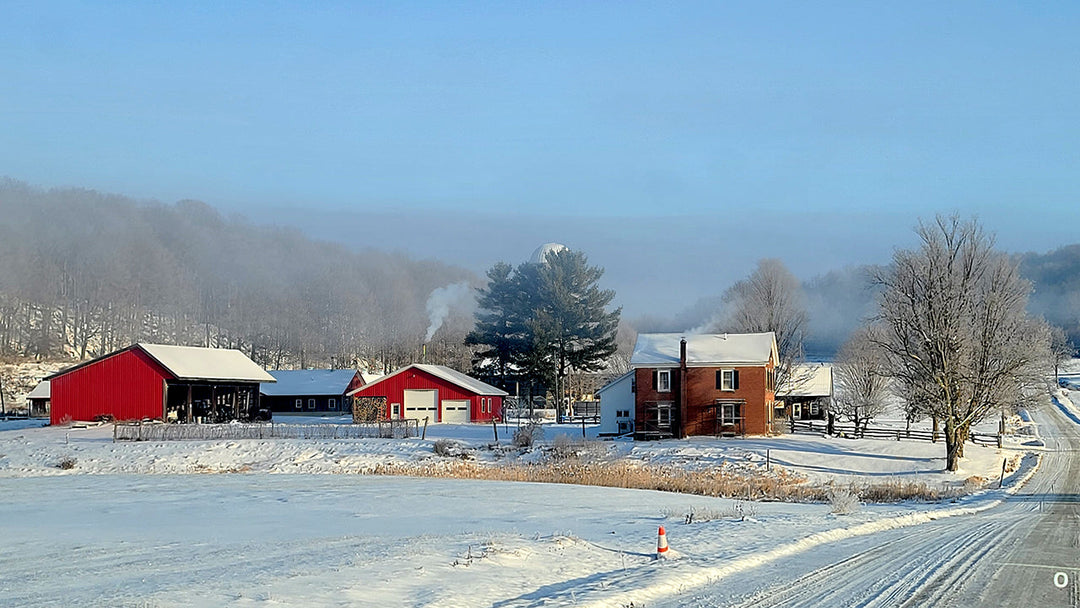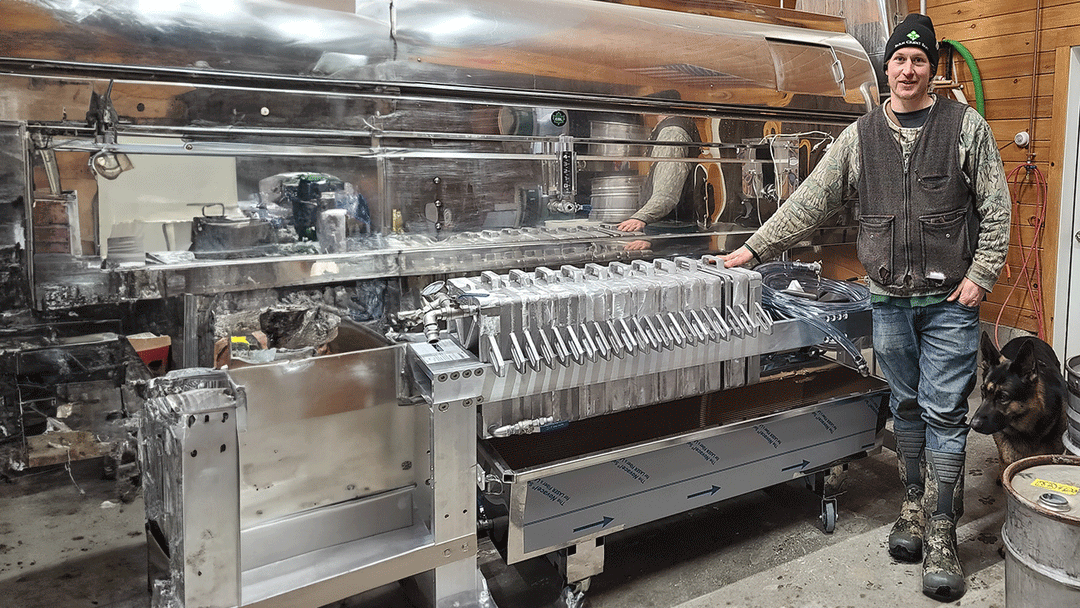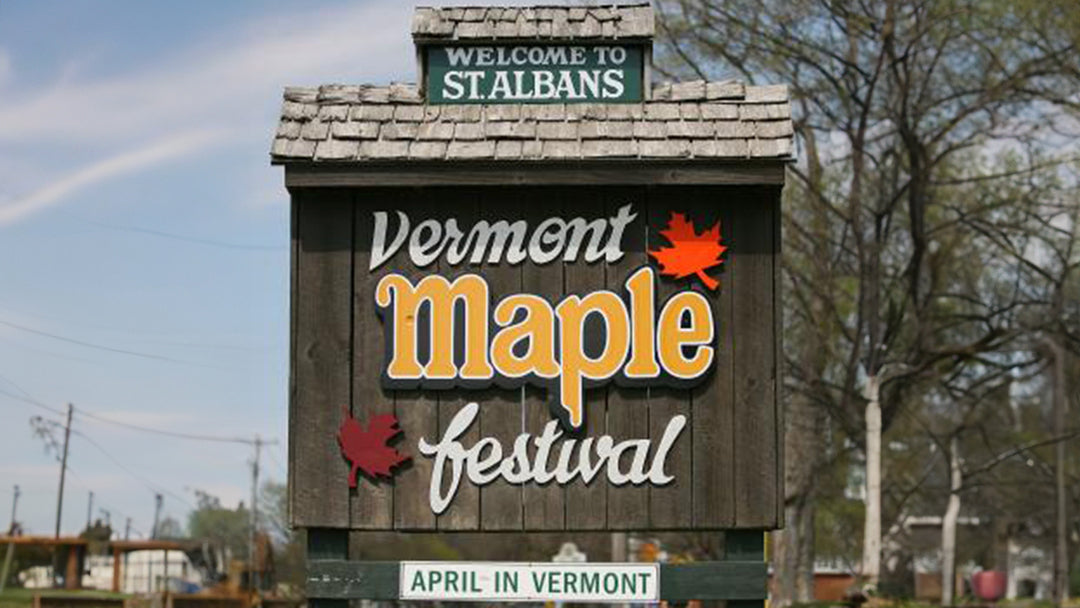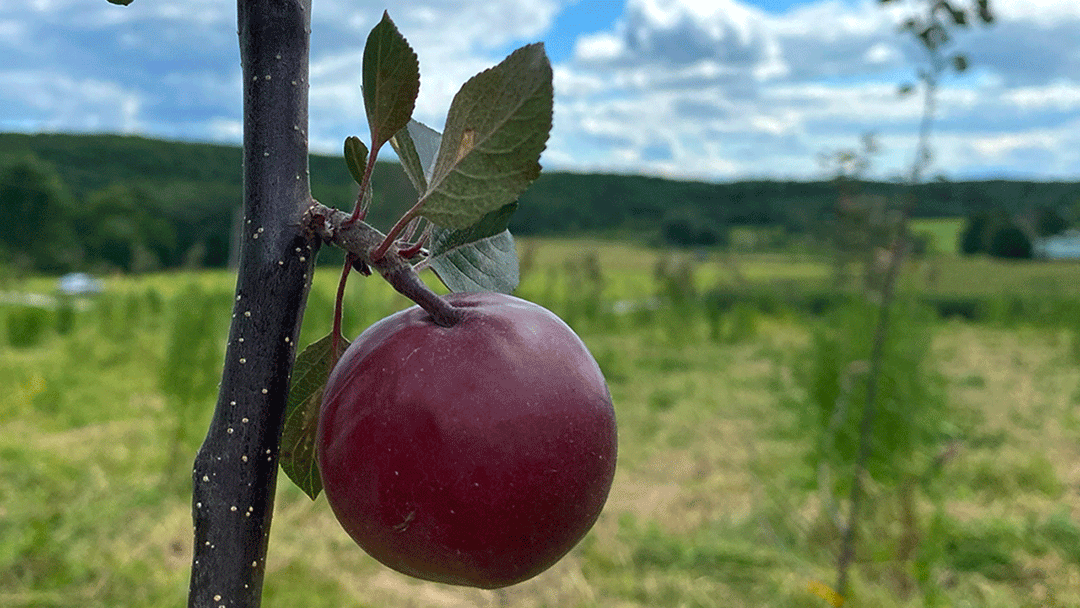Maple Syrup Season 2021
I feel that the 2021 maple season followed the trend of 2020 as a whole, leaving a lot to be desired. Absolutely nothing made sense or followed the trends of the previous half a decade, especially as I look back over the stats to write this blog. Also, as I look back over the past year, I realize with the lack of foot traffic from tourism, day-to-day events around the farm lacked the excitement of a typical year, this maple season included, especially with the cancellation of the Vermont Maple Festival. Outside of the new installation of a reverse osmosis machine, it was just one of those years where we hummed along and made the most out of the situation offered. I'm sure much like you guys out there reading this.
However, there's a lot to unpack in the few short weeks of the 2021 season, so if you want a peak behind the curtain of our production numbers and some local insights, read on.

Maple Syrup Production
I won't bury the lede, this was not a good year for us here at the Carman Brook Farm, and from conversations with other local producers, the industry at large. The surefire way to gauge a successful season generally is in overall syrup produced, but there is a bit more nuance required in the evaluation, which I will explain. The official numbers won't be tallied until mid-summer for the state, and possibly later on for the maple-producing portion of the country, but I do have our farm's final statistics.

As I stated, we fell way short this year, thanks to mother nature! At only 62% of 2020's crop, 2021 is not going to be a bumper year with 4,663 gallons produced. I averaged the totals over the past five years, 2016-2020, and accounted for an average of 7,377 gallons of syrup, putting us at 63% of our 5-year average. It should be noted, that in 2016 we had 12,500 taps, and today we are hovering around 13,000. Per the United States Department of Agriculture (USDA), the average yield per tap is about 0.20 to 0.35 gallons of finished syrup.

The strangest part of the 2021 season was the number of actual days we evaporated syrup, only 18! I had to go back to 2012 to find something comparable, where we only had 17 days of production. For those of you who signed up for our Sugarmaker Series, you might remember how tough it was to try and lock down a date and time to do a video series while we boiled. I hope this provides some context, the lack of days with actual production occurring was stunning. If you reference the chart above, the length of season was just shy of typical, at 35 days, but the days boiled reveal the true story. Our first boil was on March 3rd, and we ended on Easter Sunday, April 4th. In comparison, 2020 was 41 days long, but with 32 days of actual production. I think it should also be noted that 2021 is on record for the 5th warmest winter.

Climate Change
With our small sampling of seasonal data, you might be wondering how climate change has affected production as a whole. This is something that land grant Universities and their respective extension services have been investigating. Unseasonably warm temperatures and a drier climate lead experts to believe that sugar maple tree growth will slow, resulting in less sap production and lower sugar levels. The industry has adapted to the challenges of reduced sugar levels by utilizing reverse osmosis machines, which would otherwise require more fuel to evaporate the raw sap into syrup, which is regulated carefully by the state government. The stunted tree growth, which will likely take years to fully realize, is more concerning, and reflect the larger issue of climate change not exclusive to our relatively small industry. To detail this trend, I included the data from 2012 in our production chart above. Historic temperature highs in the 80s brought that season to a premature end, even though temperatures after that blip were seasonal. Once the trees begin budding, the sap stops running and there are no interventions to avoid the end of the season.

Season Overview and Quality
While it's obvious that the season was indeed shorter this year, again, that doesn't paint the whole picture. It would be normal to think that with overall production reduced, this shortfall was distributed uniformly among the different grades of the syrup evenly. Unfortunately, and supported by our experience and other anecdotal evidence, the region as a whole produced almost zero Golden Delicate Syrup. Typically, the season begins with the lightest syrup and progresses darker as time goes on and the temperature warms. As I mentioned, Golden Delicate production seems to be low state-wide, the same was true for us, we didn't produce any whatsoever, we started making Amber Rich Taste and went from there. Additionally, our Very Dark Strong Taste syrup produced at the end of the season was comparably lower than average.
To end on a positive note, the syrup we did produce was some of the best tastings we've ever made. We still have some barrels of Very Dark Strong Taste from the 2020 season to bolster our reserves. So those of you who love your dark syrup, you have nothing to worry about. We're actively searching for local producers who share a similar terroir to ours, and who also have available barrels of Golden Delicate syrup to keep our customers stocked up! We'll keep you posted, and hope that this blog provides some insight into the 2021 season for our valued customers!







My friends in Vermont had told me their tree production was low, and now I can see that it is part of a global climate change problem. Time to plant more trees!
Thank you for consistently delicious products over the years.
I have enjoyed your products for many years. I’m sorry you and others didn’t have a banner year. It happens sometimes.
I will be placing another order soon. Best of luck. I care.
Leave a comment